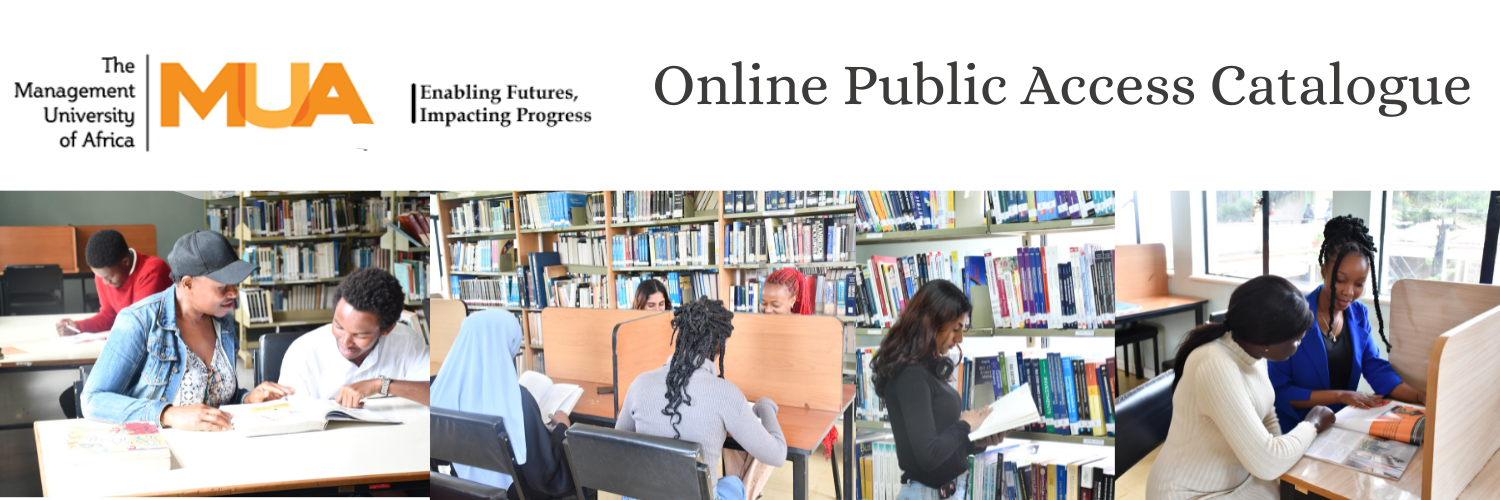Reaching the poor with health, nutrition, and population services : what works, what doesn't, and why / et al Davidson R. Gwatkin.
Material type: TextPublication details: [S.l.] : World Bank Publications, 2005.Edition: illustrated edition edDescription: 376 p. ; 24 cmISBN:
TextPublication details: [S.l.] : World Bank Publications, 2005.Edition: illustrated edition edDescription: 376 p. ; 24 cmISBN: - 0821359614
- 9780821359617
- Development economics
- Dietetics & nutrition
- Health systems & services
- Personal & public health
- Poverty & unemployment
- Social welfare & social services
- Nutrition
- Poor
- Medical
- Medical / Nursing
- Health Care Delivery
- Medical / Nutrition
- Medical : Health Care Delivery
- Poverty
- SOCIAL SCIENCE / Poverty
- Social Science : Poverty
- Development - Economic Development
- Health Policy
- Cross-cultural studies
- Developing countries
- Health services accessibility
- Medical care
- Social Issues, Services & Welfare
- 362.1086942
| Item type | Current library | Call number | Status | Barcode | |
|---|---|---|---|---|---|
| Books | The MUA Library South C campus - Open Collection | RA 418 .R43 2005 (Browse shelf(Opens below)) | Available | 2007-0735 |
Paperback.
This volume presents eleven case studies that document how well or poorly health, nutrition, and population programs have reached disadvantaged groups in the countries of Africa, Asia, and Latin America where they were undertaken. The studies were commissioned by the Reaching the Poor Program, undertaken by the Word Bank in cooperation with the Bill and Melinda Gates Foundation and the Dutch and Swedish governments, in an effort to find better ways of ensuring that health, nutrition, and population programs benefit the neediest. These case studies, reinforced by other material gathered by the Reaching the Poor Program, indicate clearly that health programs do not have to be inequitable. Although most health, nutrition, and population services achieve much lower coverage among disadvantaged groups than among the better-off, many significant and instructive exceptions exist. These show that the poor can be reached much more effectively than at present and point to! potentially promising strategies for doing so.
There are no comments on this title.

